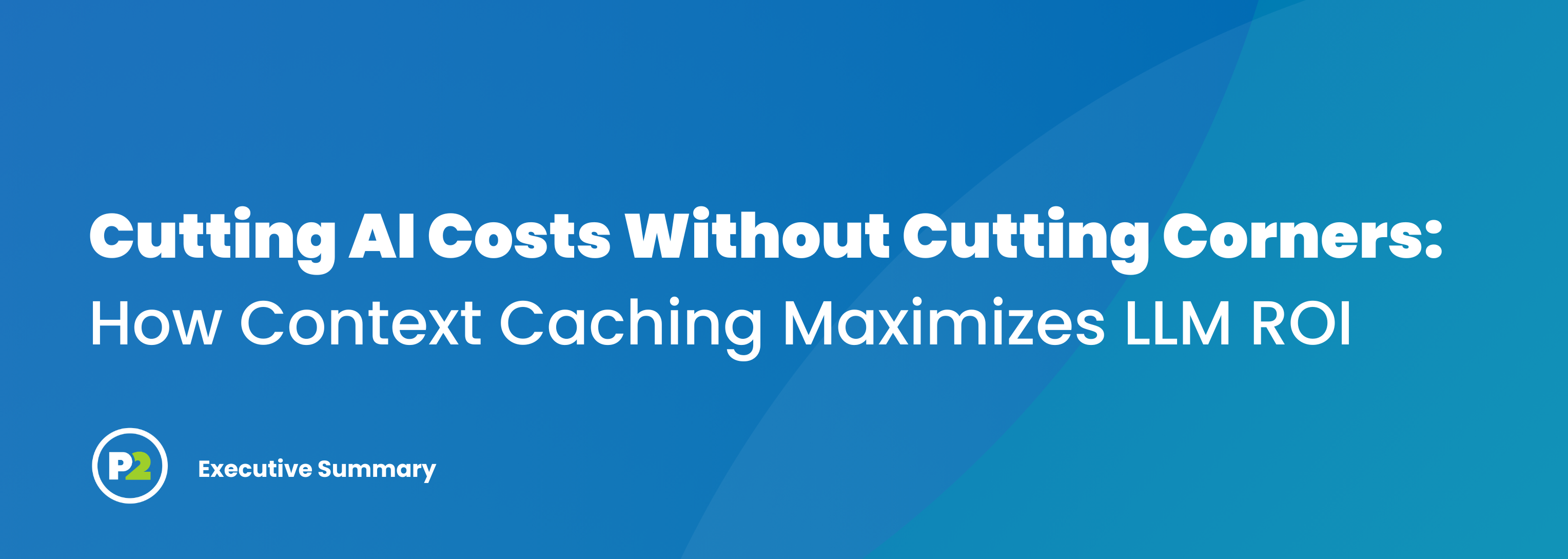
Cutting AI Costs Without Cutting Corners: How Context Caching Maximizes LLM ROI
In a recent analysis by Alan Ramirez, Phase 2 Labs explored how organizations can reduce the operational costs of Large Language Models (LLMs) by implementing context caching—a method that stores and reuses the static parts of AI prompts. This strategy minimizes redundant processing, leading to significant cost savings.
Common Business Pain Point:
“Our AI tools are powerful, but the cost of running them is escalating quickly—especially as usage grows across departments.”
What the Team Learned:
- Understanding Context Caching: By separating static (unchanging) and dynamic (changing) parts of AI prompts, context caching allows for the reuse of static components, reducing the need for repeated processing.
- Provider Implementations:
- Google’s Gemini: Offers a cache-first approach with potential cost reductions of approximately 75% for compatible workloads.
- Anthropic’s Claude: Utilizes differential pricing, with lower thresholds for caching and significant discounts for reading cached content.
- OpenAI: Implements automatic prompt caching, providing up to 50% cost reductions without requiring additional configuration.
- Google’s Gemini: Offers a cache-first approach with potential cost reductions of approximately 75% for compatible workloads.
- Prompt Structuring: Effective context caching depends on how prompts are structured—placing static content at the beginning and isolating dynamic elements enhances caching efficiency.
Why It Matters:
As organizations increasingly adopt AI solutions, managing the associated costs becomes crucial. Implementing context caching not only leads to substantial cost savings but also improves the efficiency and responsiveness of AI applications. By understanding and leveraging the caching strategies of different providers, businesses can optimize their AI operations for both performance and budget.
What It’s Good For:
- Customer Support: Reduces costs in AI-driven support systems by reusing standard responses and guidelines.
- Content Generation: Enhances efficiency in applications that generate repetitive or template-based content.
- Data Analysis: Improves performance in analytical tools that frequently use the same contextual information.
For a more detailed exploration, you can read the full article here: Optimizing LLM Costs: A Comprehensive Analysis of Context Caching Strategies.
